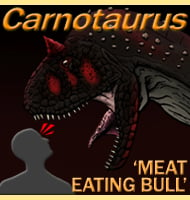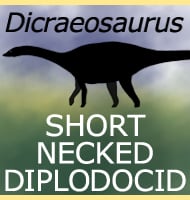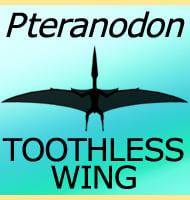In Depth
Officially named and described in 2015 from a single skull, Regaliceratops has already gone down as a particularly interesting ceratopsian dinosaur. The larger ceratopsians of the late cretaceous are usually divided into centrosaurines and chasmosauines, the former having large nasal horns and reduced frills, while the latter usually have reduced nasal horns and enlarged neck frills. Regaliceratops is a definite chasmosaurine ceratopsian, and one that lived after all the centrosaurines seem to have mostly disappeared from North America. Despite this, Regaliceratops still possessed an enlarged nasal horn, a feature that is usually very small in other chasmosaurine genera.
The horns and neck frills on ceratopsian dinosaurs were primarily for display (and not defence like they were popularly perceived to be for the first hundred years of their study). By having a differently shaped frill and horns, multiple genera and species of ceratopsian dinosaurs could co-exist at the same time as one another without confusing members of other species for their own. When the centrosaurine and chasmosaurine ceratopsians were both present on the landscape, it made sense for one group to mainly develop horns and the other the neck frill. After the centrosaurines disappeared however, this led something of a display void, so it seems that Regaliceratops, and possibly other chasmosaurine genera began to exploit this gap and develop both their horns and their frill to form even more highly ornate designs.
Regaliceratops means ‘regal horned face’ in reference to the way the edge of the frill resembles a crown. The type species name is in honour of Peter Hews, the geologist who first found the holotype skull alongside the Oldman River in 2005. At the time of the description however, the holotype skull was nicknamed ‘Hellboy’ after the comic book character who has two stubby horns growing out from his forehead.
As well as being a Chasmosaurine ceratopsian, Regaliceratops has also been placed within the sub-family Triceratopsini. In the original description Regaliceratops was also noted as being similar to the genera Anchiceratops and Triceratops.
Further Reading
- A New Horned Dinosaur Reveals Convergent Evolution in Cranial Ornamentation in Ceratopsidae. - Current Biology - Caleb M. Brown & Donald M. Henderson - 2015.









